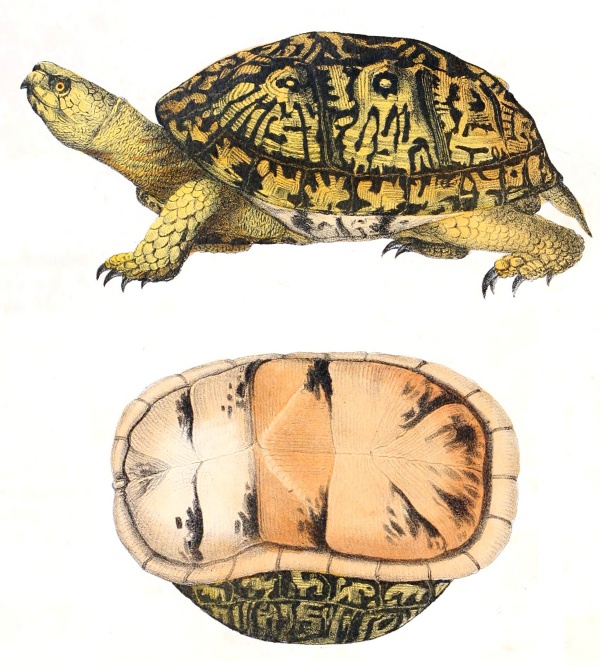Facts About Eastern Box Turtle
The common box turtle, scientifically known as Terrapene carolina, is a captivating species found in the Eastern United States and parts of Mexico. These turtles are easily identifiable by their unique hinged shells, which they can close completely for protection. They have an omnivorous diet, consuming both plants and small animals, and females typically lay their eggs during the summer months.
Regrettably, these endearing reptiles face significant challenges. Their populations are dwindling due to habitat destruction, road mortality, and capture for the pet trade. Consequently, they are now classified as vulnerable on the IUCN Red List.
First described by Carl Linnaeus in 1758, the common box turtle is divided into six subspecies, each with distinct shell structures and color patterns. Sexual dimorphism allows for the differentiation between males and females through various physical characteristics.
These turtles inhabit a range of environments across the eastern United States, parts of Canada, and Mexico. Primarily terrestrial, they exhibit intriguing behaviors, including dietary versatility and unique methods of thermoregulation. Females possess the remarkable ability to store sperm for several years, enabling them to reproduce even in the absence of males.
Given the threats they face, conservation efforts are imperative. Protecting their habitats, monitoring populations, and enhancing road safety are critical measures. Some U.S. states have even designated the common box turtle as their official state reptile, each recognizing different subspecies.
Conservationists advocate for the implementation of effective management practices during urban development and call for further research on the species' life history. By taking these steps, we can ensure that the common box turtle continues to thrive, allowing future generations to enjoy these remarkable creatures.

 Mexico
Mexico